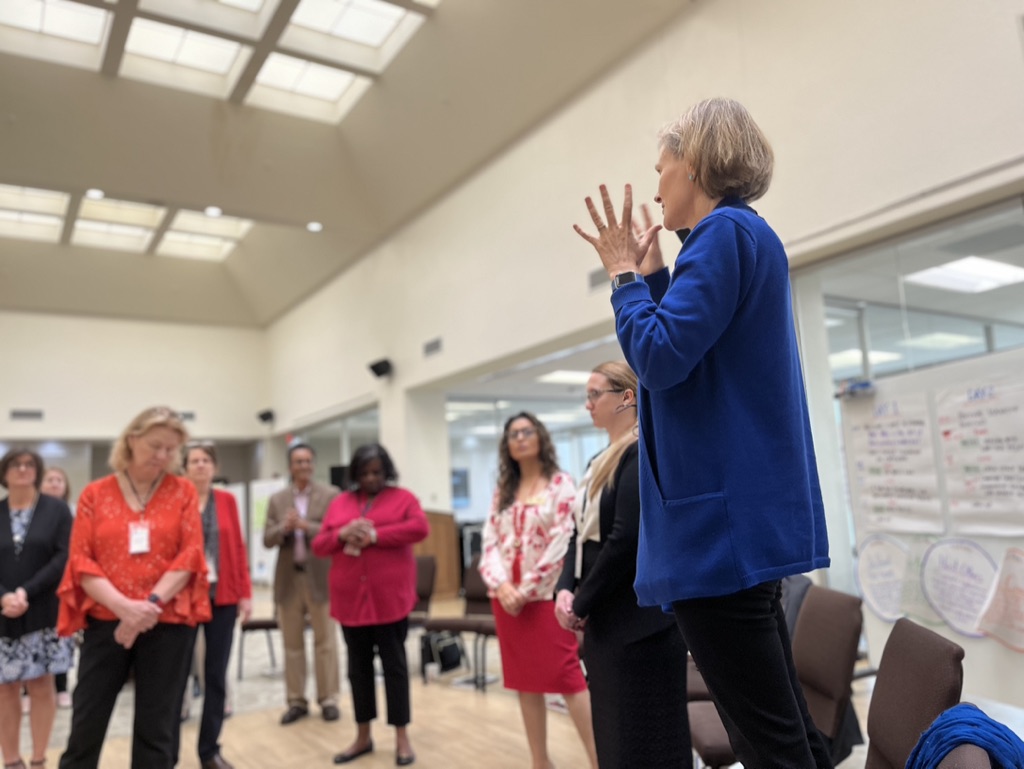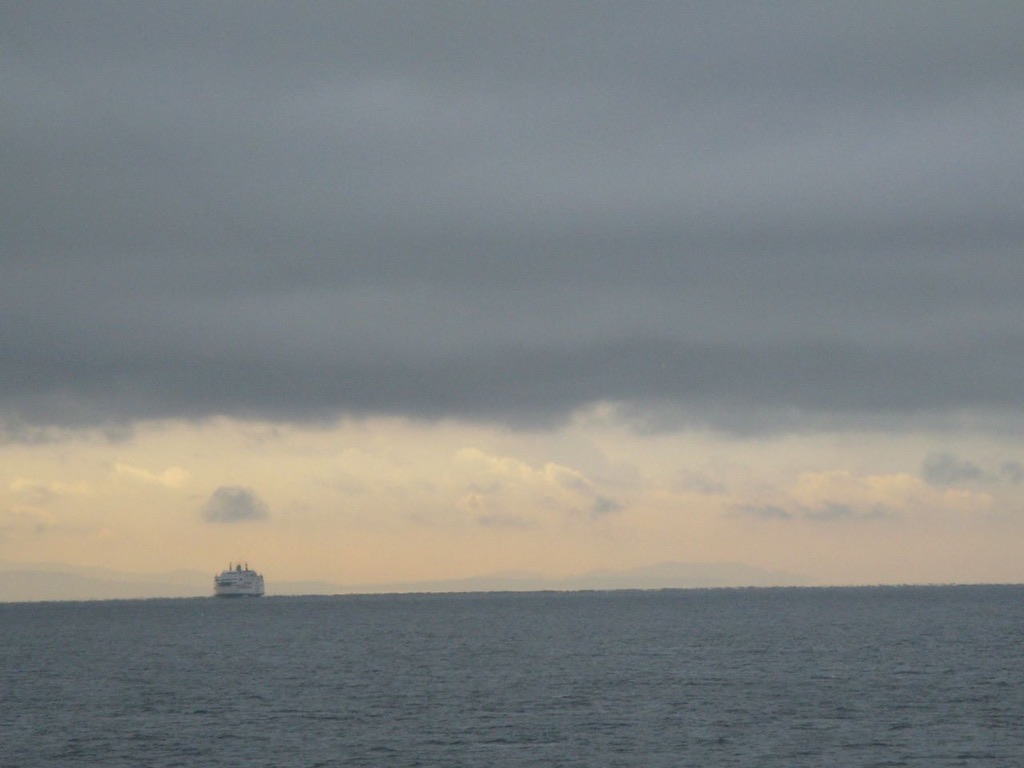
Someone asked me the other day about how to use constraints in facilitation and I thought I’d jot some quick thoughts down here. Let’s start using terms from Cynefin. Group work falls on a scale between ordered tasks and unordered tasks (or complicated and complex). The first question I ask myself in designing a container for facilitation is, “how much emergence is desired in this field?” In most of my work, I’m working in highly emergent situations, but for folks working around issues like safety or legal issues, there may be a prescribed outcome that the group needs to work …

Most mornings, when I’m at home, I stroll down to a local rocky beach, coffee in hand, to begin my day in meditation. The beach is a pleasant 15-minute walk from my house. When I reach the water, I step from the asphalt onto a gravel path that meanders through trees, past thickets of blackberry bushes, and ends in a secluded cove facing east, towards the rising sun that crests over the 1200 meter ridges of the Brittania Range, the mountains that make up the eastern edge of the inlet in which I live. I began visiting this spot regularly …

I’m reading, writing and thinking a lot about containers these days. It has been a pervasive theme in my life, as I have constantly been obsessed with the concept, the ideas and the practices of building and holding containers for as long as I can remember. The spiritual practices I have cultivated in my life have always been related to containers. From the beginning of my facilitation career, the ideas that have most grabbed me are the ideas of hosting and holding space. I remember a couple of significant events in my thinking as I realized how important containers are …
1 2

